POTOSI’
Days spent: 1 + 1/2
Days recommended: 1 + 1/2
Where we slept: dorm where all the backpackers stay in Potosi, Casa Blanca Hostel. A safe and central solution with a very laid back attitude and a good breakfast.
What we ate: nothing really worth a mention.
What we drank: coca leaves tea (@ Cafe la Plata), which is said to help you dealing with the altitude sickness, and Potosina beer.
How we travelled: by bus from Uyuni (4 hours trip). There are two bus stations: the old and the new one. The new one is at the bottom of the slope, Cerro Rico, where the city lies, while the old one is closer to the the city centre, at a higher altitude. The best way to get from one end to the other is definitely by microbus (old and rusty overcrowded mini buses that will save your lungs from collapsing). All the main attractions are in the city centre at a walkable distance.
How many km we walked: 12
How Potosí affected our wallets: everything is quite cheap.
Issues we encountered: the altitude and its rarefied air. As much as we already spent few days at high altitudes, Potosi’ and its steep roads made us really struggle (especially when we decided to walk uphill for 30 minutes with our backpacks).
People are not very welcoming, but that was a point we had time to get used to in the previous days.
The pollution. As if breathing was not made hard enough by the rarefied oxygen, the black ubiquitous exhaust gas will make the simple task even worse. Not that we were too surprised with that amount of heaps around! Elsewhere in the world they would illegal.
Would we recommend it? Potosí is rough. Very. And totally the opposite of beautiful. However, there’s something about it which makes the 4090 metres above sea level city a 100% worthy destination. Its brutal architecture and unfinished houses made of bricks and metal sheets, the steep polluted streets, the barren landscape all around, but, mostly, I’d say, its silver mining background, which, like it or not, still influences its grumpy inhabitants lives.
Analogue tips: I didn’t do a very good job here to be utterly honest. I somehow struggled to depict Potosí’s unicity since I’m not a street photographer. There are no pretty facades, nor welcoming smiles to capture. But gestures and small everyday details that require a good trained eye for this genre and a prompt response.
What to do:
A mine tour in Cerro Rico, where the silver mines are, is definitely worth it. However, calling it a tour can be misleading since this is definitely not an experience within everyone’s reach. Bad if you’re asthmatic (like me), if you suffer of claustrophobia (don’t even dare trying), if you don’t like spending too much time in the dark (you won’t see light for a couple of hours) and if you’re not fit (you literally have to crawl and climb up crumbly tunnels and your mistakes can jeopardise everybody else’s safety). And oh, the best part: dynamite is lit up right next to you.
You will now wonder: why on earth doing it? Well, there’s a very sensible reason. This is probably the closest insight you will have on Bolivian politics and social issues. These people hardly have a plan B in life: whole generations have been miners and there seem not to be a way out. They start to work as kids while their fathers are dying of lung cancer, driven by the need to pay the bills. And grow up knowing that, most likely, they won’t make it to 50 either for the cancerogenous effects of the inhalation of crystalline silica dust or for risks of sudden landslides. The wage is embarrassing, the shifts are too long and the working conditions are unacceptable. The only thing that keeps these men going is coca leaves, which delay the hunger and numb the pain and sorrow. Leaving the mines after crossing the hopeless gaze of the miners and seeing the daylight after only a couple of hours made us actually reconsider our problems in life.
Also, take a stroll around the city centre. We personally really loved the ultra typical and, at time repulsing, Mercado Central, where old grumpy cholitas sell goods of whatsoever sort, fruit and vegetables, and mostly meat.
Who deserve a big thank you: Antonio, the disillusioned ex miner, that guided us through the silver mines and opened our eyes. Also the guys that shared this intense experience with us and showed as much empathy as we did: Henriette, Omar, Quentin and Hyun-jin.
SUCRE
Days spent: 2
Days recommended: depends on how deep is the need to recharge your batteries and feel closer to your European roots. 1 day can actually be fine.
Where we slept: private room at the Belgian-run, beautiful, cozy and surprisingly inexpensive Casa Verde hostel.
What we ate: Sucre was probably the city where we had the best meals in Bolivia and where you can actually find a bit of everyhing. We tried traditional Bolivan food such as pique a la macho (a huge dish to share, consisting of beef, fries, boiled eggs, onions, peppers, mayo and ketchup) @ Joy Ride Café, vegetarian food @ hippie Café Condor, juicy Venezuelan arepas @ Bienmesabe, Chinese food @ Chifu&Thai
What we drank: iced coffee and leche de coco @ Café Mirador (doubtless one of the best places to enjoy the city view, something that you really shouldn’t miss), hot chocolate @ Parati
How we travelled: by bus from Potosí (only 3 hours). In Sucre we took a taxi from the bus station to the hostel and then simply walked.
How many km we walked: 20
How Sucre affected our wallets: it really didn’t.
Issues we encountered: None.
Would we recommend it? Absolutely. We were coming from a very intense week, both physically and mentally, and the quiet, clean, safe and welcoming atmosphere we found in the UNESCO World Heritage historical centre of Sucre was exactly what we were looking for. We felt like we could finally get rid of that constant “heads up!” feeling. That’s also why we took it so easy there.
What to do:
There are definitely some points of interest such as La Casa de la Libertad (you can follow a one hour tour that will go through the history of Bolivia), or the uphill Recoleta neighbourhood with its beautiful cobblestone streets and striking city views, but Sucre is more the kind of place you have to get lost into in order to taste its real spirit.
LA PAZ
Days spent: 3
Days recommended: I’d say 4 because there are quite a few day tours that can be arranged from here. Truth to be told, we met quite a few fellow backpackers that would have not stayed more than 1 day. I guess it really depends on what you are looking for and what you fancy doing.
Where we slept: private room in absolutely overrated Greenhouse Bolivia, in Sopocachi neighbourhood. When it came to booking an accommodation in La Paz we bumped into some of the most horrific stories, including hostels where guests were electrocuted on a regular basis while under the shower. This one had stellar reviews, but somebody mentioned being harassed by a s***faced host. Which is pretty much what happened to us. On top of showers in the same square metre of a pissoir and a cold and undecorated bunk bed private room.
What we ate: sopa de mani (a traditional peanut and potato soup), milanesa (a breaded pork steak), avocado sandwiches, choripan (a sausage sandwich with some kind of hyper greasy and spicy sauces, a drop of which fell on my white Nike and got 10X bigger after few days), a lot of fried chicken. The healthiest of food as you can see… And it wasn’t a choice.
What we drank: just fizzy drinks. I guess the hostel’s host drank enough for everybody.
How we travelled: we took a night bus from Sucre with heaters set on an average temperature of 40°C and made it to La Paz in 13 hours. I slept all the way through. Isa had the “privilege” to witness the super dodgy Alto neighbourhood, in the capital’s outskirts, from the safety of our bus seats. In La Paz we travelled by microbus, cable car and tram.
How many km we walked: 25
How La Paz affected our wallets: again, not so much. The death road tour was pricey though.
Issues we encountered: probably safety issues. As much as nothing happened to us, there are some super dodgy areas where tourists are highly recommended not to venture (such as the above mentioned El Alto). The city itself is a bit of a labyrinth so, maybe, it’s better to avoid wandering around at night. We got scummed by a taxi driver that tried to charge a 10 minutes ride as much as we would have had to pay in London (we refused to pay and just left the cab) and got yelled at several times by cholitas for just getting my camera out of the backpack (I didn’t even intend to capture them!)
Would we recommend it? Either you love it or hate it but there’s no way La Paz won’t have an impact on you. As much as we were somehow happy to go on with our trip, we were glad that we decided to spend a few days there and experience the city on our skin. Located in a depression in the Bolivian altiplano, the highest capital city in the world (3650 m) has a unique structure, with its wealthiest residential areas, malls and skyscrapers at the bottom of the valley and its poorest neighbourhoods, characterised by red bricks slums, at the top.
Analogue tips: take one of the cable cars and go on top of the Altiplano at dawn or sunset with a wide angle lens for the most spectacular city views. Stay safe though. Also, play your best street photographer since, asking for permission doesn’t really mean you’re allowed to shoot.
What to do:
- Do a walking tour in the city centre. We joined “red caps” and loved the experience. It’s a safe and quick way to get straight to the points of interest without getting lost or ending up where you don’t want to. Also, the amount of insights on Bolivian society and political issues is considerable. From learning how to seduce a cholita and the reasons behind their sense of fashion (especially the too-small-for-their-heads bowler hat), to witnessing the change of mood when talking, behind closed doors, about Evo Morales, Bolivia’s current president. Our guides didn’t express their opinion but simply told us a series of facts and let us get to our own conclusions. The guy is obviously a twat, but the fact that they couldn’t say that loud makes him more dangerous than we could think of.
- San Pedro prison. A society within itself, with its own rules and laws, where the 1500 inmates have jobs, pay rents and live with their own families. Cocaine is widely produced between its walls. Illegal tours are run in the prison. But you’re warned: s*** might go down. Badly.
- Street markets. Previously unseen vegetables and fruits, scented gigantic flowers, motley fabrics, fishmongers and butchers screaming for attention. One right next to the other in one of the most chaotic, packed and messy, yet jaw-dropping market I’ve ever come across. I kindly (but sort of desperately after 1 hour of attempts) asked around for permission to take pictures of those goods but I got always denied the chance and mostly told off from the cholitas for even asking. It was very annoying to be fair, but nothing that we really could’t see coming.
- Witches market. Oh yeah, this exists. Even though it was not as creepy as I was expecting, it still was one of the most curious places to explore in La Paz. A whole maze of narrow uphill streets with stalls and shops selling potions, charms, dried baby llamas, medicinal plants and other random dusty heirlooms. Need to get rid of a jinx? Want to become an everlasting lover? Want to avenge yourselves for somebody’s betrayal? Here you’ll find everything you need to succeed. If you believe in these kind of things. Bolivians certainly do, especially when it comes to not letting Pachamama (Mother Earth) down. It is, in fact, custom to donate dried baby llamas, candies, coins, coca leaves and alcohol to Mother Earth right before building a new house. And what if you have a bigger project in mind, such as a bridge or a church? Well, rumour has it, the burial of alive humans is the answer. No wonder why the amount of homeless or drunken people around is quite low… Watch out when it comes to taking pictures at the witches market if you don’t want to leave Bolivia with a curse hanging around your neck.
- Lanza market. For the best smoothies and traditional meals in town and some relaxed people-watching. Say a quick prayer, pick a stall, sit right next to a grumpy cholita (who will stare at you in silence the whole time), order the daily menu and pay something like 1 euro. Believe it or not, one of the few times I didn’t have diarrhoea in 2 weeks.
- Cable cars. The best way to get a panoramic view of La Paz. Try to do get at the top of the Altiplano at sunset if you have the chance. Once in Alto, just stop at the viewing point and then go back to where you came from.
- Give in to some handicrafts shopping. Backpackers in Bolivia mainly show two features: fake alpaca sweaters with the same exact patterns all over the western coast of South America (most likely made in China) and fabric bags or “leather” backpacks with typical colourful and geometrical Andean knitting patterns. Embarrassingly enough, we made no exception. Anyway, here you’ll find the best prices so don’t hold yourselves back.
- The death road/ Yungas Road. The infamous 200-300 dead a year, 65 km road, is actually a mountain bikers Mecca that can be ventured with a tour (we picked Xtreme Downhill Tour). Narrow and unpaved, no protections to prevent you from falling down the ravine on the side, but, luckily, not so many cars driving in the opposite direction. We started cycling close to a mountain top, all covered up with several layers of technical gear, at 4650 m. We cycled under waterfalls, crossed rivers in the rainforest and eventually reached the town of Coroico at 1200 m, wearing nothing more than a swimsuit and a t-shirt. The difference of landscapes, flora and climate, from the top to the bottom, is astounding! Me and Isa are average cyclers and really can’t say that the ride was a piece of cake: we lost our balance several times while stupidly trying to keep up with the more experienced rest of the group and, somehow, ignored the fact that, losing control of the bike, could have sent us straight down the ravine. A must do experience though, such an adrenaline boost!
- Valle de la Luna. A valley of tall spires, just 10 km far from La Paz, result of the rocks’ erosion during the years. Tours are organised but they’re very much unnecessary since accessing is safe and easy.
Things we missed: Alto flea market and some other day trips.
Who deserve a big thank you: Alberto, for advising us not to miss this city, and Freddy, for making sure we survived the death road in one piece.
LC-A+, Fuji Velvia 100 (35)
Olympus OM-1, Agfa Scala 200 (35, expired) / Kodak Pro Image 100 (35)
Canon EOS 300, Kodak Portra 160 (35)
Olympus OM-10, Lomochrome Turquoise 100-400 (35)
10-16/01/2017, Potosí, Sucre, La Paz (Bolivia)


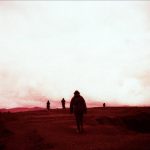





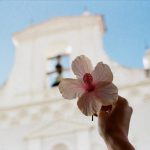


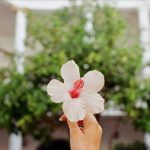
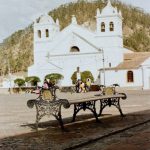





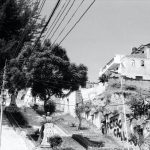






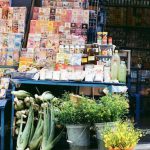

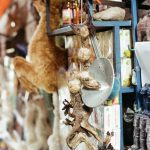
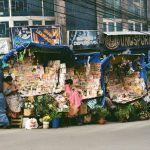
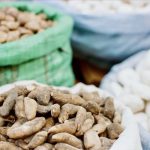

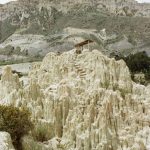







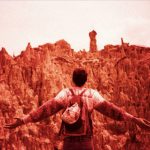




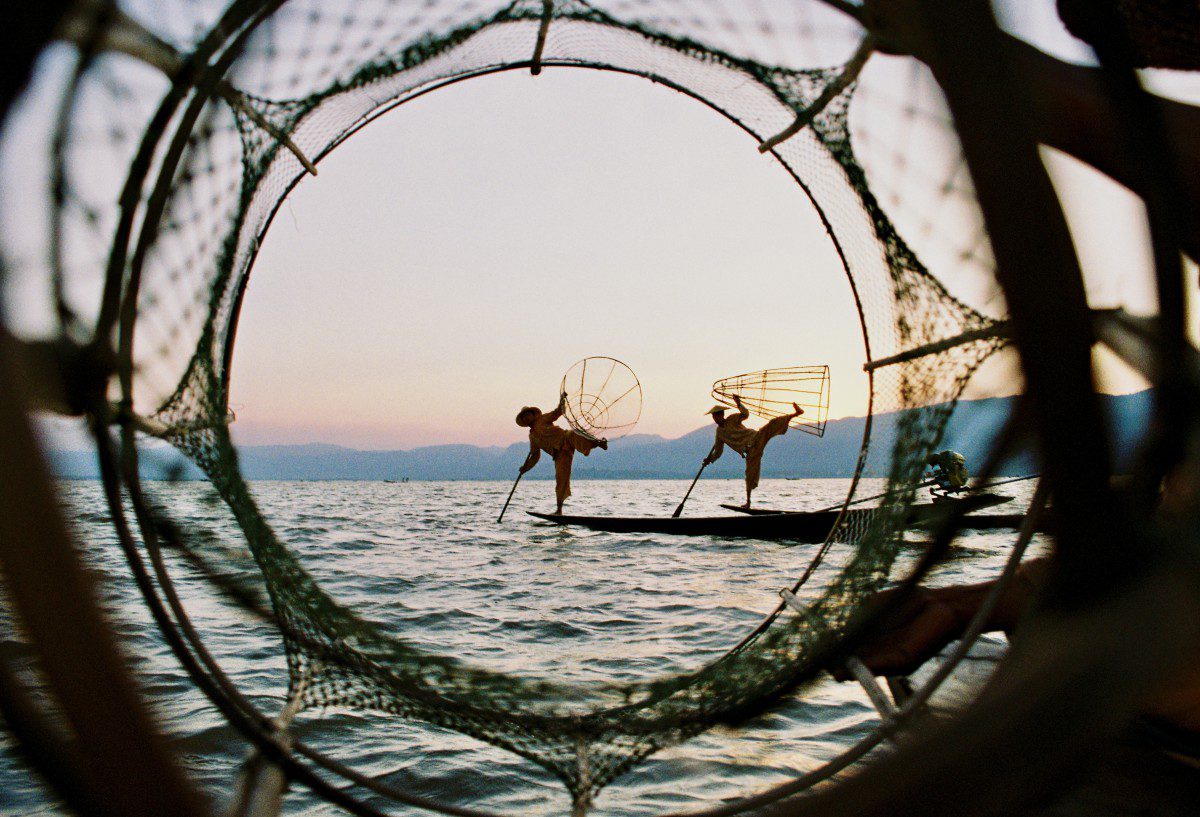
Leave a Reply